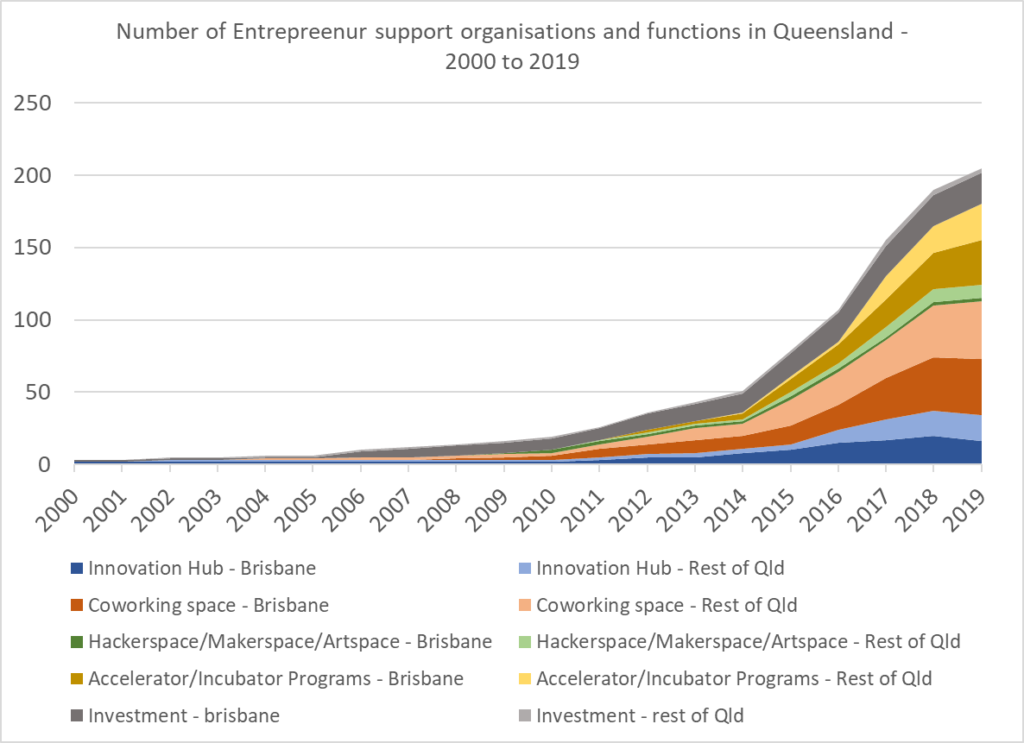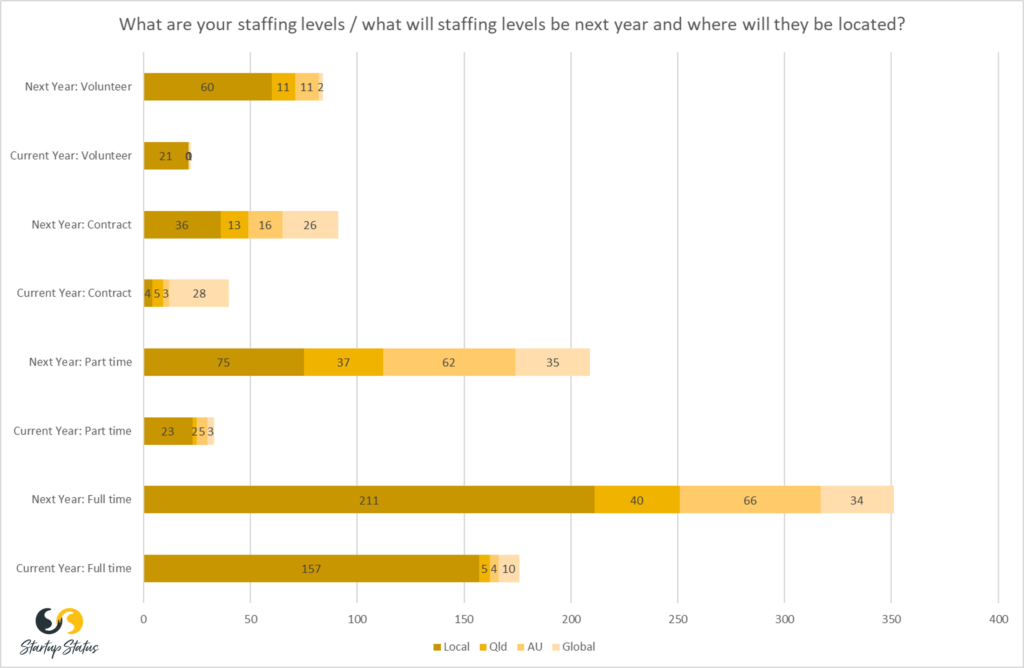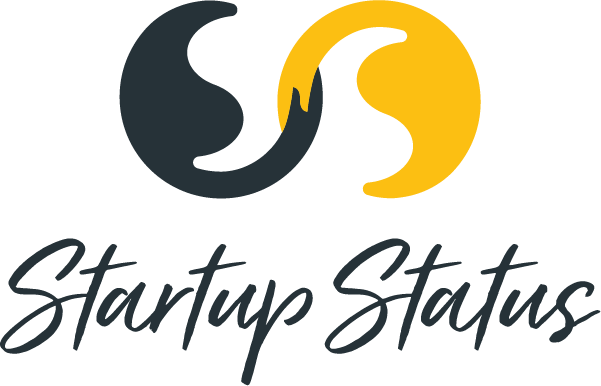We are experiencing an unprecedented change to the structure of how we do business.
Usual discussions about business disruption refer to change that occurs over years or decades. The taxi industry, the video store, 24-hour photo booths all had time to adjust. What we have just experienced is a disruption that has occured literally overnight. Any business model that had physical space and human interaction as a core assumption now has to completely redefine their model in a matter of days.
In the past week we have conducted two rounds of surveys, had a number of calls with international counterparts in entrepreneur ecosystem development, and been in constant contact with over 350 innovation leaders across Australia in the Australian Innovation Community slack community. By far the number one request we are hearing is a need for entrepreneurs and businesses to rapidly adapt to new business models to survive.
We are changing the DNA of doing business. We will never entirely go back to the old business as usual. We will make significant strides in addressing the tyranny of distance. We will learn how to compensate for innovation in lower density regions. The digital skilling that was a nice-to-have or a chore for so many has now become a necessity. New business models will be created in weeks and broadly accepted as the new normal within months.
The ecosystem network effect
In the midst of this, we have an army of innovation leaders that have been created over the past five years. I mentioned in a previous post the rapid advancement of innovation support from 2015, using Queensland as an example in the graph below.

The ecosystem looks very different now than it did in 2015. As you would expect with any culture or society, it has learned, adapted, and matured. It has gone from general startup support to deep specialisation by sector, community, and technology. Where there were only specialised, large accelerators, there are now a large number of programs accessible for many with lower cost and greater connections to external markets. It has taken five years of learning, failure, and success to get to this point.
The results of this growth can be inferred. Look at the formation dates of any of the technology companies making the technology section of the Australian Financial Review. Very few are under three to five years old. Our successes of today began years ago. Our successes of tomorrow are unknown but emerging.
One criticism often applied to the innovation ecosystem is that it is difficult to correlate success to a specific program or hub. This is why mapping the pathway of entrepreneur success is critical. However, those pathways are often disjointed and seemingly random. The reason for this is that success is based on the complex network effect of the ecosystem, not any one program and space.
This was highlighted when we conducted analysis of a regional Australian innovation network. We asked members of the network what their current and projected staffing levels were, breaking it down by geography (local, state, federal, global) and type (full time, part time, contract, volunteer). The results were shown in the graph below.

What we found was that while there were technology companies in the mix that predicted they would go from 32 local staff to 2 local staff based on scale and global outsourcing, the overall network and supply chain effect resulted in an increase across all staff types and regions. Clusters of entrepreneurship have a positive jobs impact across the network.
We reap the rewards of yesterday’s crisis
This very micro observation of an Australian community borrows on work that Michael Fritsch and Pamela Mueller conducted reviewing the effects of new business formation on regional development over time. While results can vary by population density and geography, a common theme is that the real value of entrepreneur activity comes years after the business has been formed. There are many enterprises that began three to five years ago that are on the cusp of the upward swing. There are also enterprises just starting now that are essential to our future competitiveness and sustainability.

The time to invest in entrepreneurs, new innovation, and startups is not after the crisis, but now when there is the most need for business transformation. This was reflected in work by Dane Stangler in 2009 when he was at the Kauffman Foundation. Dane researched enterprise creation in crisis looking at bear markets and recessions in the US. The results are as would be expected, that the disruption causes business change and an increase in new entries following the crisis.

He found that “despite the pain of the current recession, there is reason for hope—good things do grow out of recessions. More importantly, new firm formation represents two unqualifiedly positive things. Hundreds of thousands of individuals do not wait for others to ease their economic pain—they create jobs for themselves and others. Young firms, moreover, frequently add jobs and generate innovations well out of the mainstream. When a large, established company announces deep layoffs, it necessarily makes front-page news. When two or three dozen young firms hire four, six, or eight people at a time for several years, it mostly goes unnoticed. Only when they reach sufficient collective size do they begin to appear in the public consciousness, even though they have been regenerating the economy for several years. Every generation of startups is, often invisibly, both a renewal and restructuring of the economy.”
We have been comfortable
Australia has faced self-criticism from poor translation of research, low early stage entrepreneurial activity relative to other countries, and high fear of failure. Some of these are \reflected in the recent Global Entrepreneurship Monitor. In the same survey, Australia also ranks number one in intrapreneur activity, or entrepreneurial thinking inside firms.

These results do not necessarily reflect the performance of the innovation ecosystem, in that results could just as easily be less entrepreneurial if not for the effort applied over the past several years to developing entrepreneurs and the innovation system in Australia. Rather, it may reflect a nation that has not had necessity as a driver towards entrepreneurial activities.
With the current situation, we can no longer say this is the case.
The time is now
We are experiencing a global disruption not just to business but to the fundamentals of business models. We have a unique opportunity to leverage the change. We have an army of innovation leaders who have spent the past several years thinking only of how to adapt to disruption, support economic diversification, and leverage technology to develop new business models for new business. These are people those who have developed capability and have a primary function of supporting the development and delivery of innovation outcomes and supporting entrepreneurs to build, grow, and scale. We can now leverage these efforts.
There will likely be many policy levers that will be put in place, such as tax mechanisms, debt relief, and bankruptcy protection. These are welcome and needed.
In addition, there is much work to be done to:
1. Develop a plan around sectors and business model
Identify similarities and develop plans for each business model – the local café or food retailer delivering to a new work from home consumer, the pub providing drive through or home delivery, the events venue coordinating 500 person online seminars, the coworking space building virtual communities, the gym keeping people physically fit at home. Also new models that will only be developed by established business owners doing anything possible to keep their businesses afloat, and technologists bringing new ideas to emerging problems we have not encountered before. Create a plan including available tools, requirements, and legal impacts. Identify new businesses that emerge and ways to invest in their growth.
2. Showcase examples
We are in new territory and everyone is learning from each other. In a survey to innovation leaders, the need for information clarity was identified as essential. It is difficult to cut through both the media and the fear. COVID-19 is the largest brand the world has ever seen, fully consuming share of media voice. We need clear examples to cut through, creating a positive example for others to rapidly learn from in what will be a challenging situation. We will hear a lot about failure. We need to learn from and rapidly build upon stories of success. We need to equip those who are helping businesses with improved playbooks, when those playbooks are being rewritten on a daily basis.
3. Real-time measurement and reporting
Data needs to be accessible, accurate, timely, reliable, and relevant. We need to report on what is working and what is not working, with our finger on the pulse of business activity.
The statement above has not changed from just a few short weeks ago when we were discussing mapping and measuring for economic diversification to transition our regions. But now the urgent need for has increased exponentially. Thankfully much of the infrastructure has been in development over the past few years and teams across Australia including the Australian Centre for Entrepreneurship research at QUT and the Entrepreneurship Commercialisation and Innovation Centre at the University of Adelaide have been developing data integration solutions.
The current crisis has brought together the army and CSIRO to support local manufacturers of critical medical equipment. MedTech companies have been cleared by the ACCC to work together on solutions to the crisis. There is no reason why the same approach cannot be applied to bring universities, research, governments, and the entrepreneur community together to finally address access to real-time entrepreneur data once and for all. Imagine if we could measure the health of our startups and entrepreneurs as much as we measure for the virus.
Opportunity in crisis
The impact of the crisis will be significant. I reflect on similar experiences with the 9/11 attacks which contributed to the failure of our family manufacturing business, or the 2011 floods that flooded our home. And yet in each there were opportunities to learn and rebuild.
We have a unique opportunity to leverage and continue our innovation investment, take advantage of the momentum, and build capacity and capability that will serve us after the impacts. I look forward to continuing to work with like-minded leaders in the community focused on these outcomes.
